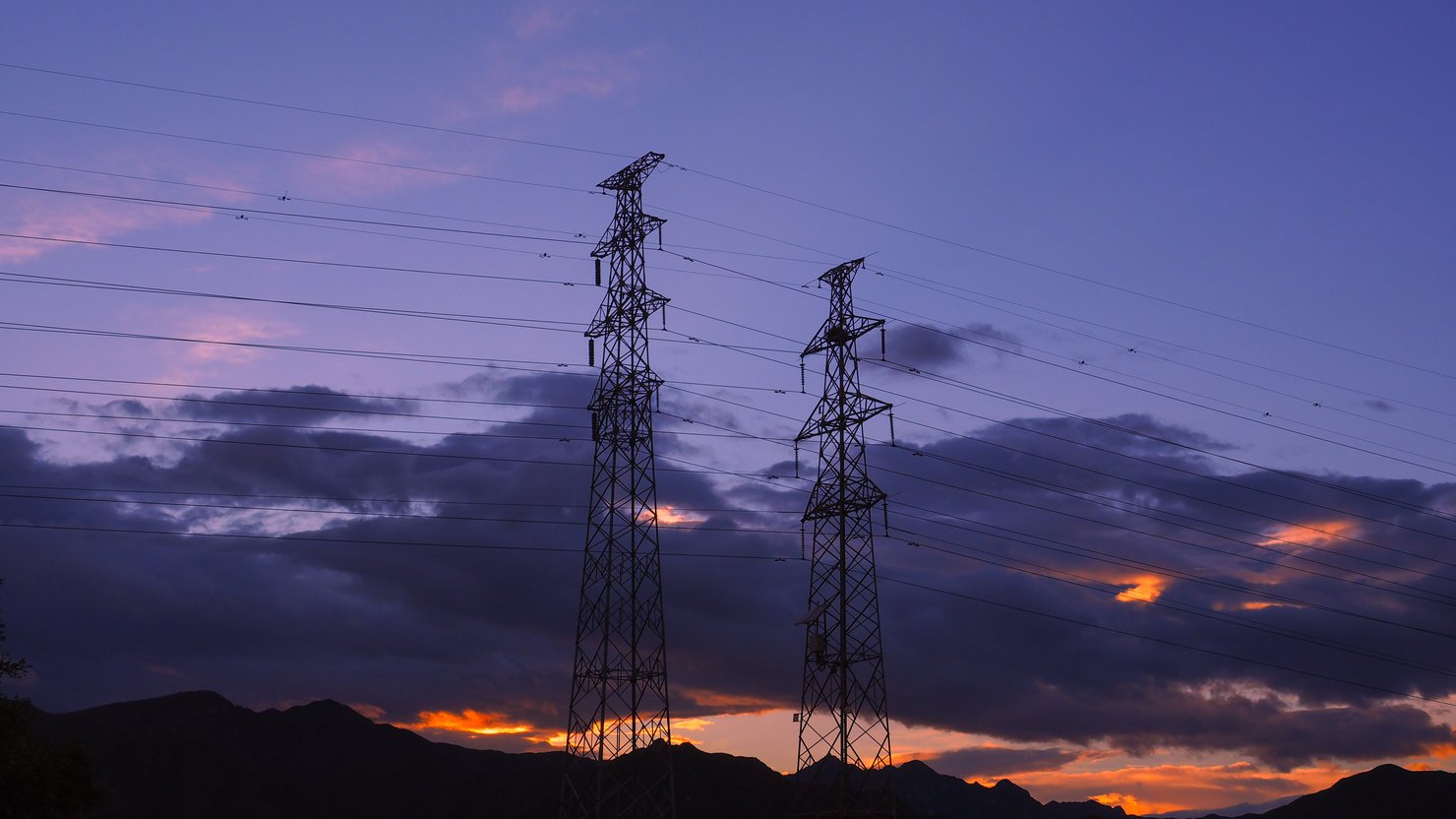Each week, we’re compiling the most relevant news stories from diverse sources online, connecting the latest environmental and energy economics research to global current events, real-time public discourse, and policy decisions. Here are some questions we’re asking and addressing with our research chops this week:
What is the future of energy markets, and to what extent is the coronavirus pandemic upending analysts’ predictions?
The coronavirus has upended the energy sector, sending oil prices tanking, exacerbating the long-running decline of the coal industry, and threatening clean energy jobs. A report from the International Energy Agency (IEA) last month estimated a 6 percent decline in global energy demand this year, with oil consumption likely to be hit hardest. And a new IEA analysis released just this week predicts that the growth in renewable energy capacity will decline for the first time in 20 years this year, but that the renewable sector will prove resilient once the pandemic is controlled. Still, the long-term impacts of the coronavirus pandemic remain hard to gauge, especially when projections for energy markets already had varied widely before the crisis. To help illuminate the range of potential outcomes and effectively compare the various predictions made across different organizations, RFF released its annual Global Energy Outlook (GEO) this week, which synthesizes a range of long-term outlooks—from IEA to ExxonMobil to Bloomberg.
In the report, RFF’s Richard Newell, Daniel Raimi, Seth Villanueva, and Brian Prest find that declining fossil fuel consumption in 2020 will temporarily reduce CO₂ emissions to 2010 levels; demand for coal will grow in the global East, even as the industry contracts elsewhere; and solar power could supply over 20 percent of the world’s electricity by 2040. And reflecting the critical role that policy will play in coming years, the report distinguishes what the energy sector might look like if the world pursues ambitious policies to minimize temperature increases, or keeps laws the same. In an accompanying RFF Live event, the report’s authors and some of the world’s leading energy analysts discussed the GEO’s key findings and their predictions for how COVID-19 will shape the global energy system. “Anybody who tells you that they know how this goes is making it up,” argues Mark Finley, a fellow at the Baker Institute.
Related research and commentary:
- Report: Global Energy Outlook 2020: Energy Transition or Energy Addition?
- Video: The Global Energy Outlook: What Has Changed Due to COVID-19?
- Interactive data tool: Global Energy Outlook

As China eases its lockdown, what policies can the world’s most populous nation pursue to constrain future emissions increases?
According to a new study in Nature Climate Change, global CO₂ emissions in April were 17 percent lower than a year prior, due to widespread stay-at-home orders in response to the coronavirus pandemic. But the extent to which this year’s emissions remain low “depends on the duration of the confinement,” as a quick return to business-as-usual practices could send emissions skyrocketing. Much of the global decline in emissions can be attributed to China, which employed drastic measures to restrict movements and industrial activities. But even as Chinese officials tout the nation’s “incomparable” improvement in air quality, China is already demonstrating the dangers inherent to reopening after a lockdown. Data from the Centre for Research on Energy and Clean Air found that in the 30 days prior to May 8, levels of PM2.5, NO₂, SO₂, and ozone in China exceeded levels from the same period in 2019—and regions with more factories saw the largest increases.
A nation as populous and dependent on coal as China has long posed a challenge to global emissions reduction goals. But China has an ambitious strategy for constraining emissions: implementing a “tradable performance standard” as a way to price carbon. On a new episode of the Resources Radio podcast, RFF Senior Fellow Dick Morgenstern discusses his recent working paper—written with coauthors Lawrence Goulder, Xianling Long, and Jieyi Lu—which assesses the costs and impacts of China’s carbon price. By opting for a tradable performance standard, which requires that a firm’s emissions-to-output ratio not exceed a prescribed limit, China aims to reduce emissions without constraining economic growth. And while less efficient than a cap-and-trade system, China’s model is poised to have substantial impacts on the world’s emissions once it expands beyond the power sector. “Some other countries have started to think about this,” Morgenstern explains. “Many countries are waiting to see how the Chinese system actually works out.”
Related research and commentary:
- Podcast: China's Emerging Policies for Emissions Reductions, with Dick Morgenstern
- Working paper: China’s Unconventional Nationwide CO₂ Emissions Trading System: The Wide-Ranging Impacts of an Implicit Output Subsidy
- Blog: Climate in the Democratic Debate, China’s Carbon Trading Breakthrough, and More

How will carbon pricing policies that affect the electric grid impact employment and economic growth?
Last month, a coalition of energy industry groups—including electric power generators, trade associations, and think tanks—called on the Federal Energy Regulatory Commission (FERC) to organize a conference about integrating carbon pricing into energy market operations. This week, a group of Democratic senators endorsed the coalition’s requests for further guidance, touting findings from the New York Independent System Operator (NYISO) that a carbon price “could help the state reach its stated climate policy goals, while bringing in billions in economic benefits.” The push for FERC to streamline the implementation of carbon pricing comes as coalitions like the Regional Greenhouse Gas Initiative grow, and as grid operators like the NYISO and the New England ISO float carbon prices of their own. But even as carbon pricing expands, grid operators have struggled amid the “transcontinental patchwork” of subnational policies and coalitions, and uncertainty persists over how carbon pricing efforts might impact clean energy, economic growth, and jobs.
Opponents of carbon pricing often argue that carbon pricing policies, by reducing incentives to produce fossil fuels, lead to substantial job losses in fossil fuel industries. But according to a new explainer from RFF’s Marc Hafstead and Lauren Dunlap, the impacts of carbon pricing on employment are considerably more nuanced. Rather than prompting a decline in overall jobs, carbon pricing causes a reallocation of employment, typically to non-polluting industries and to locally operated businesses. “While carbon pricing is often derided as a ‘job killing’ policy approach, economic research suggests most job losses in affected industries are offset by job gains in other industries,” they write. Still, they caution that further research into the geography of job losses and the quality of jobs created to replace lost positions is necessary to understand the full implications of a carbon price. For more, consult other explainers in RFF’s ongoing carbon pricing explainer series.
Related research and commentary:
- Explainer: Carbon Pricing 106: Effects on Employment
- Report: State Policy Options to Price Carbon from Electricity
- Podcast: Carbon Pricing Proposals in Today's Congress, with Marc Hafstead
Correction: The original version of this article stated that renewable energy capacity will decline for the first time in 20 years. In fact, it is the growth in renewable energy capacity that will decline for the first time in 20 years.







